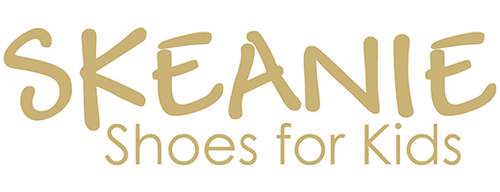You'll need to buy your baby her first shoes when she is confidently walking around on her own, and walking outdoors. Only put her in shoes when she's walking outside. While your baby is learning to walk around the house, let her go barefoot. She will be able to balance and coordinate her steps if she can feel the ground beneath her feet.
Going barefoot will also allow her feet to develop naturally without being restricted by shoes. Your baby's bones are soft, and cramping them in a pair of shoes too early can squash her feet and prevent them growing properly. It's best to take your baby to a shoe shop where her feet can be measured by a qualified shoe fitter. The shoe fitter will also advise on the type of shoes to buy, and make sure they fit your baby properly.
Being fitted for her first shoes is a new experience for your baby, and she may not take kindly to it! Try not to worry too much if your baby puts up a fuss or starts crying. The fitter should be used to measuring babies for their first shoes. If they're not, ask for a more experienced fitter or just come back another day.
Look for a shoe with a hook and loop fastening, or with laces, to hold your baby's feet in place. Check that the sole is flexible and lightweight with a good grip. Choose a pair made of a breathable material, such as leather, cotton or canvas. Avoid shoes made from man-made materials, pvc or plastic shoes. These can make your baby's feet sweat, which can lead to fungal infections.
When your baby tries on a pair of shoes, feel around the toe area to make sure there is plenty of room. There should be about 1cm of growing room between the end of her longest toe and the end of her shoes. Also check that the width of the shoe is right for her. If you plan to have your baby wearing socks with her shoes, make sure she tries them both together.
Let your baby walk around in the shoes. Make sure her feet don't slip forwards or out of the shoes when she walks or stands on tip toe, as this could damage them. If her feet slip forwards this could squash her toes in the end of her shoes. Or if her shoes are too loose she'll end up having to curl her feet and toes to prevent them slipping off.
Take your baby to have her feet measured often. She will grow about two shoes sizes a year, so she'll need new shoes fairly frequently. It's always best to buy your baby new shoes, not second-hand. They will already be moulded to another child's feet, and the soles will have worn down to fit a different walking style.


